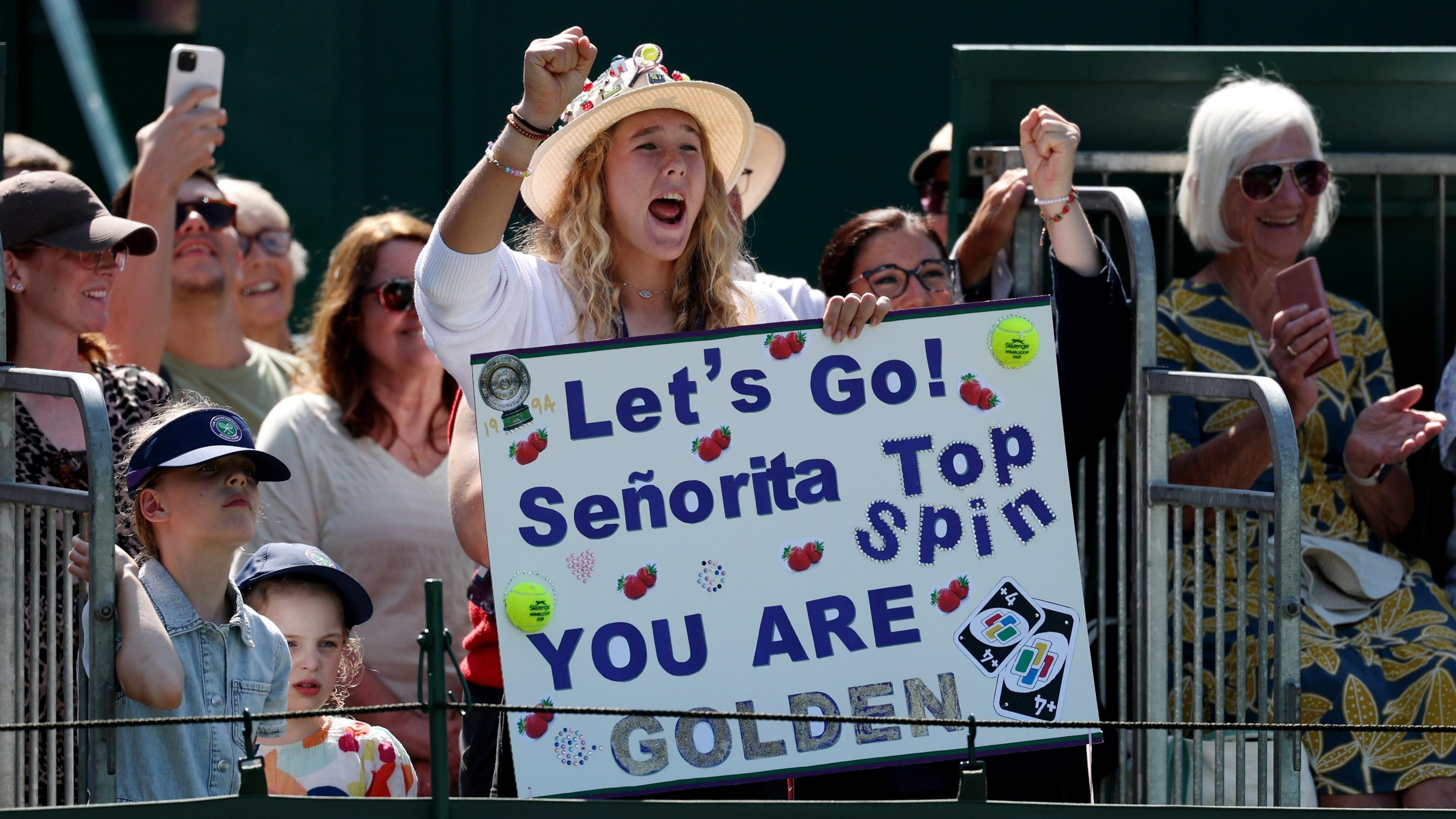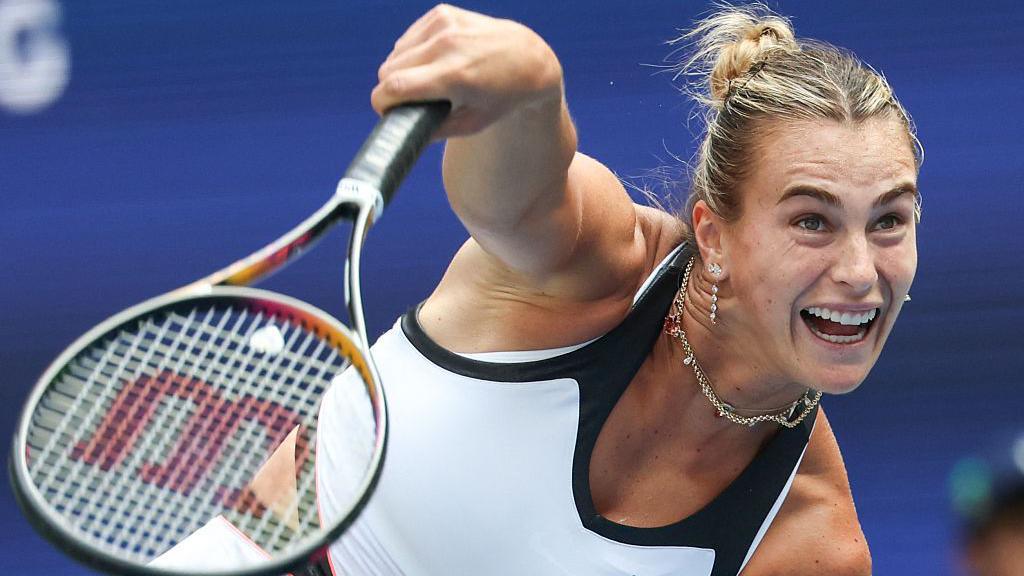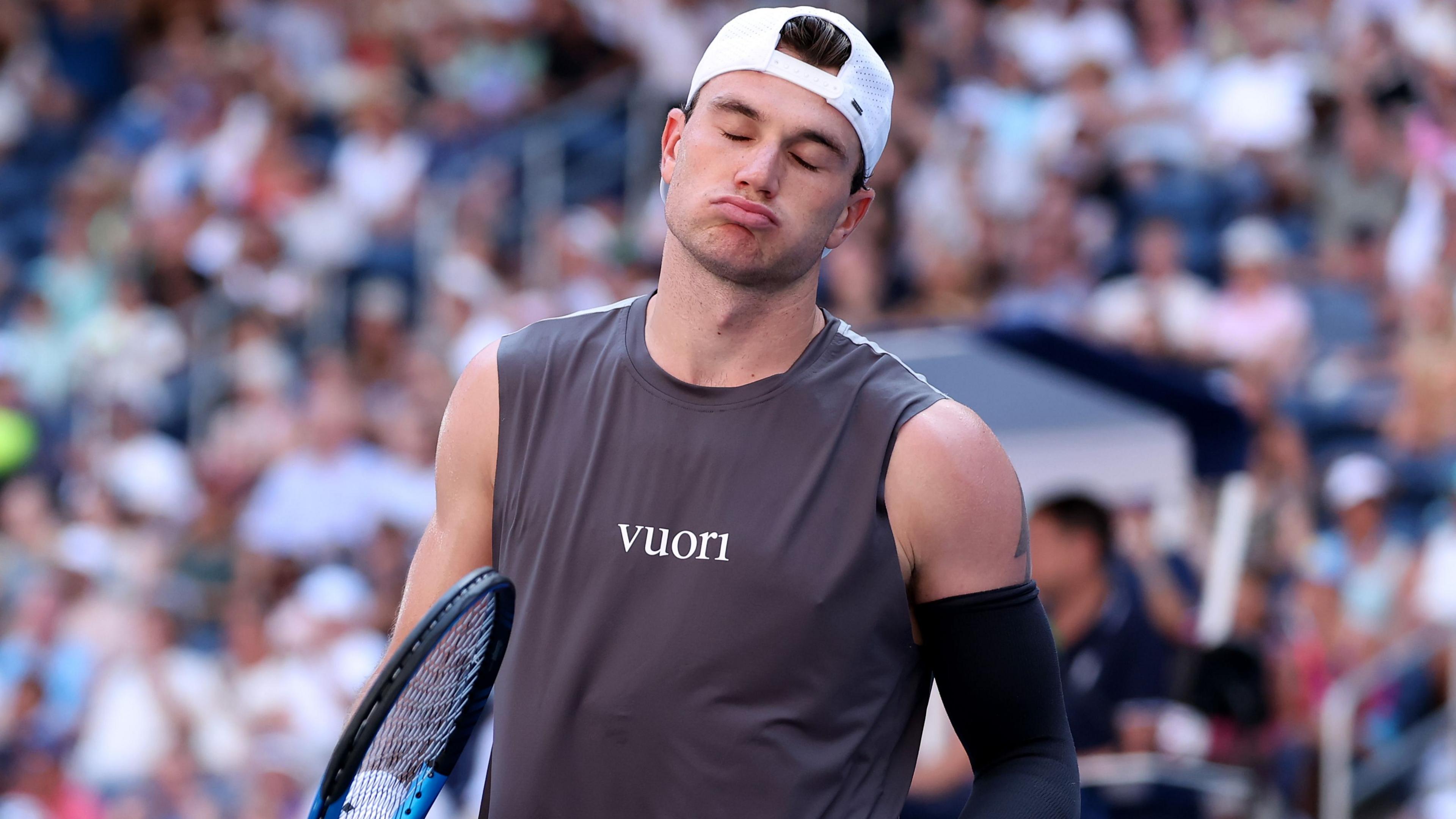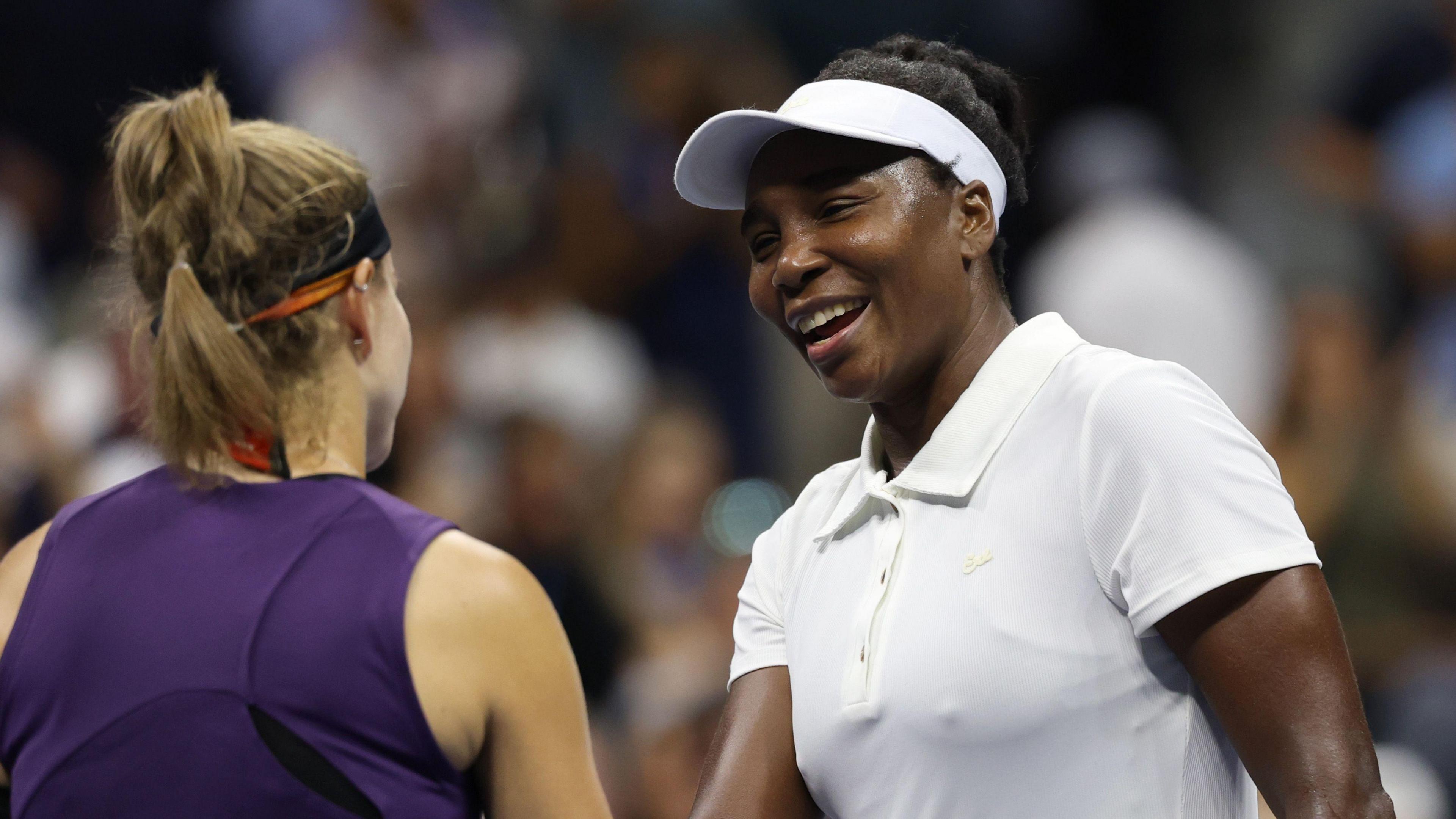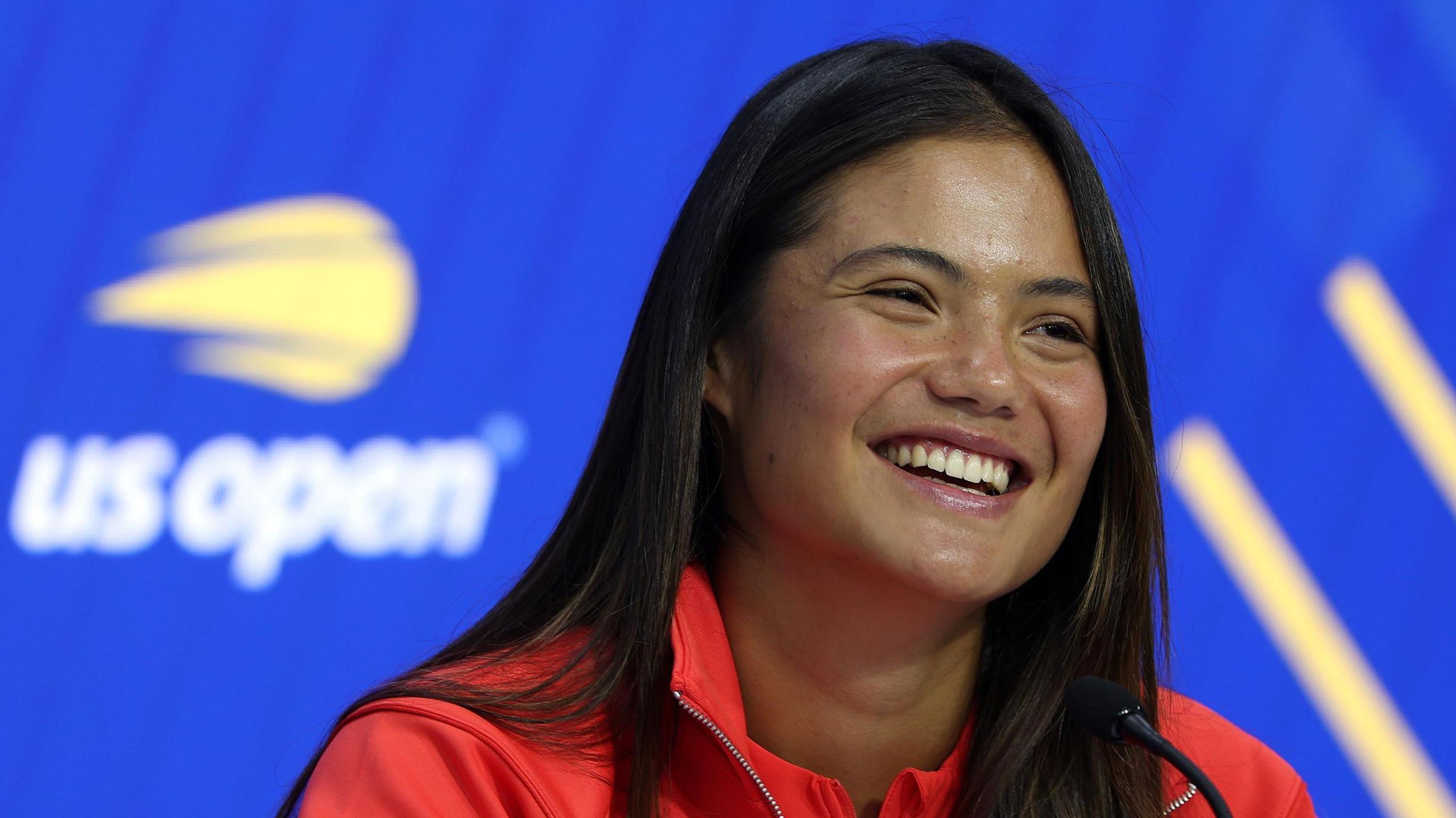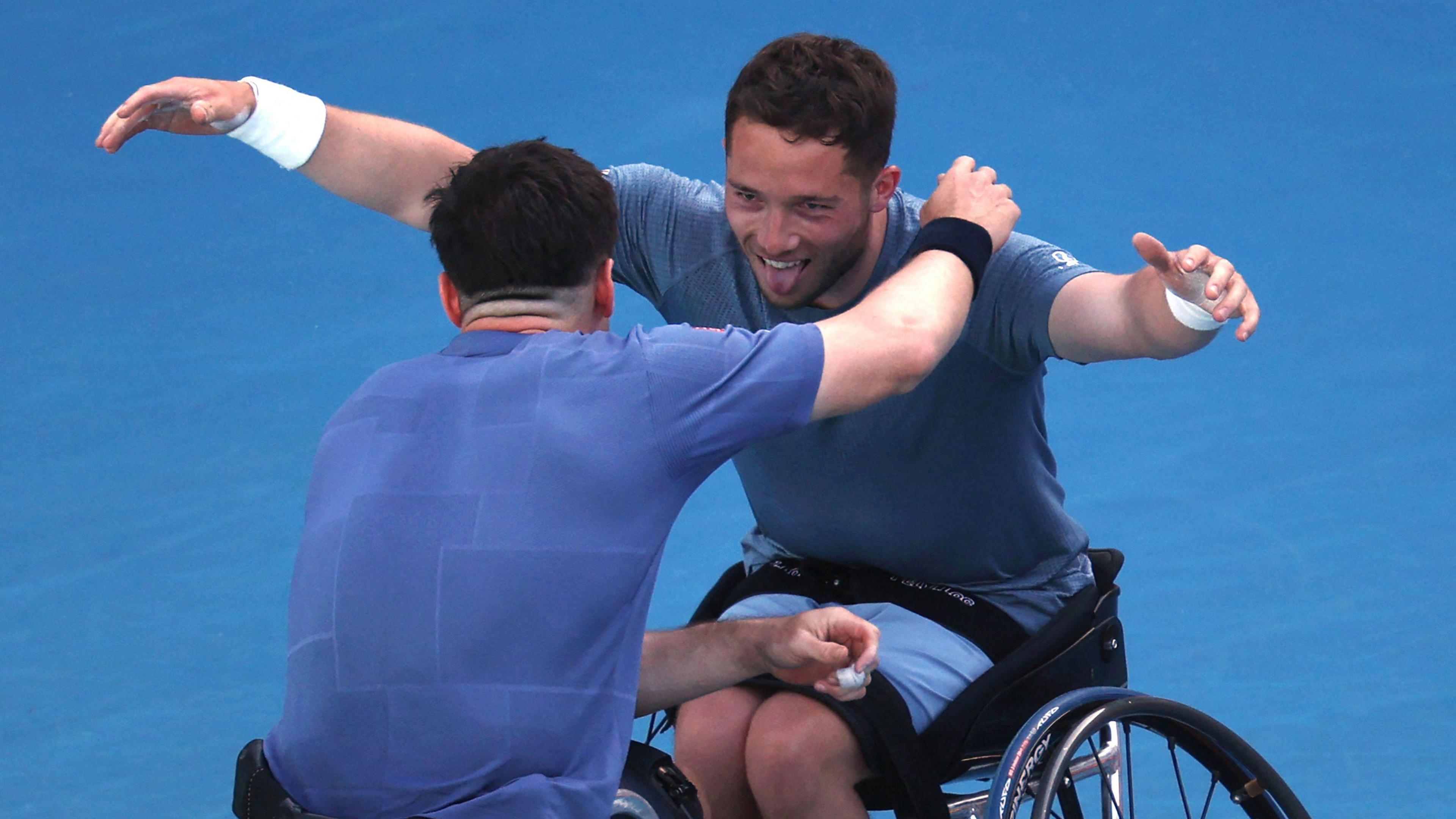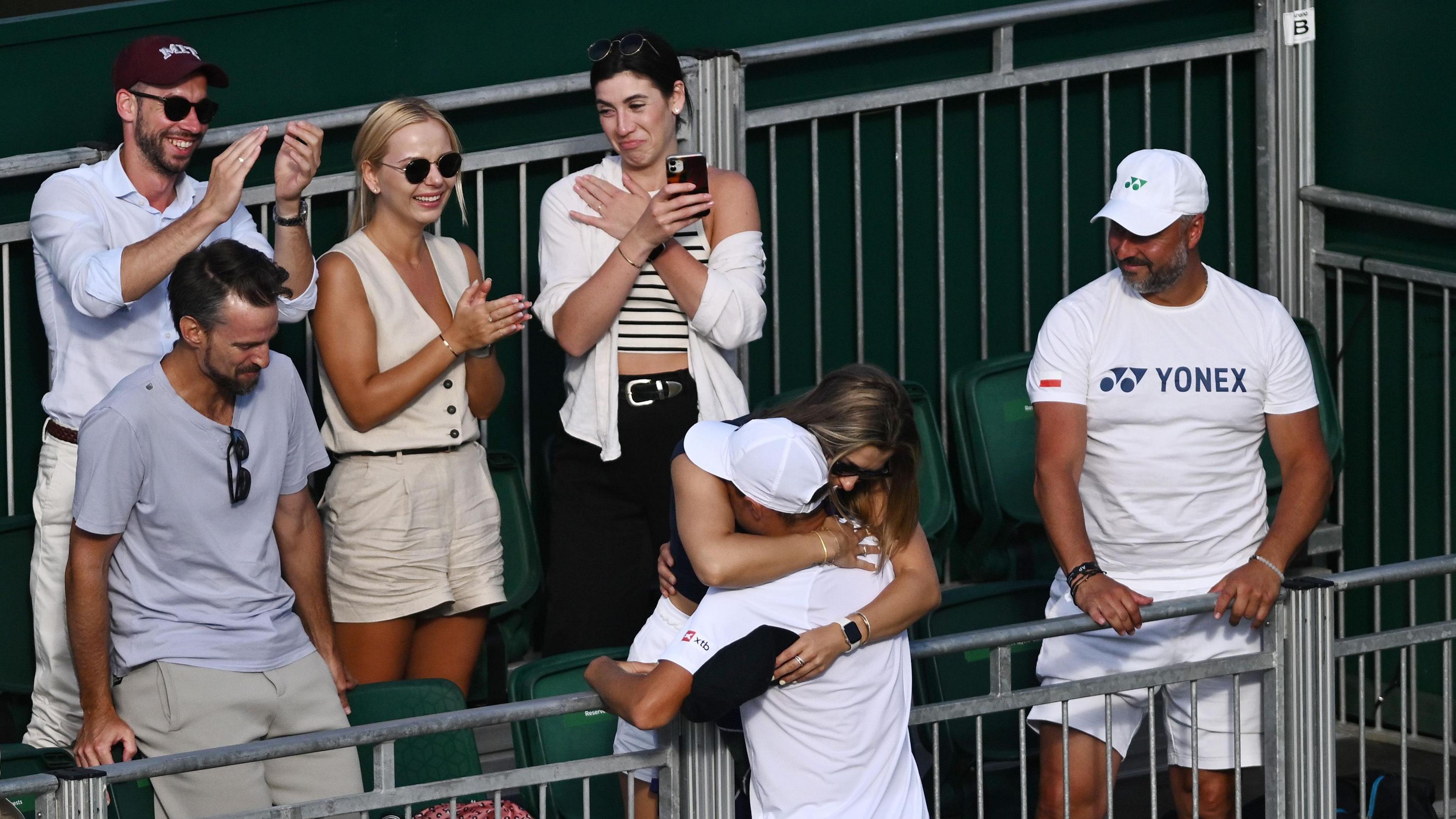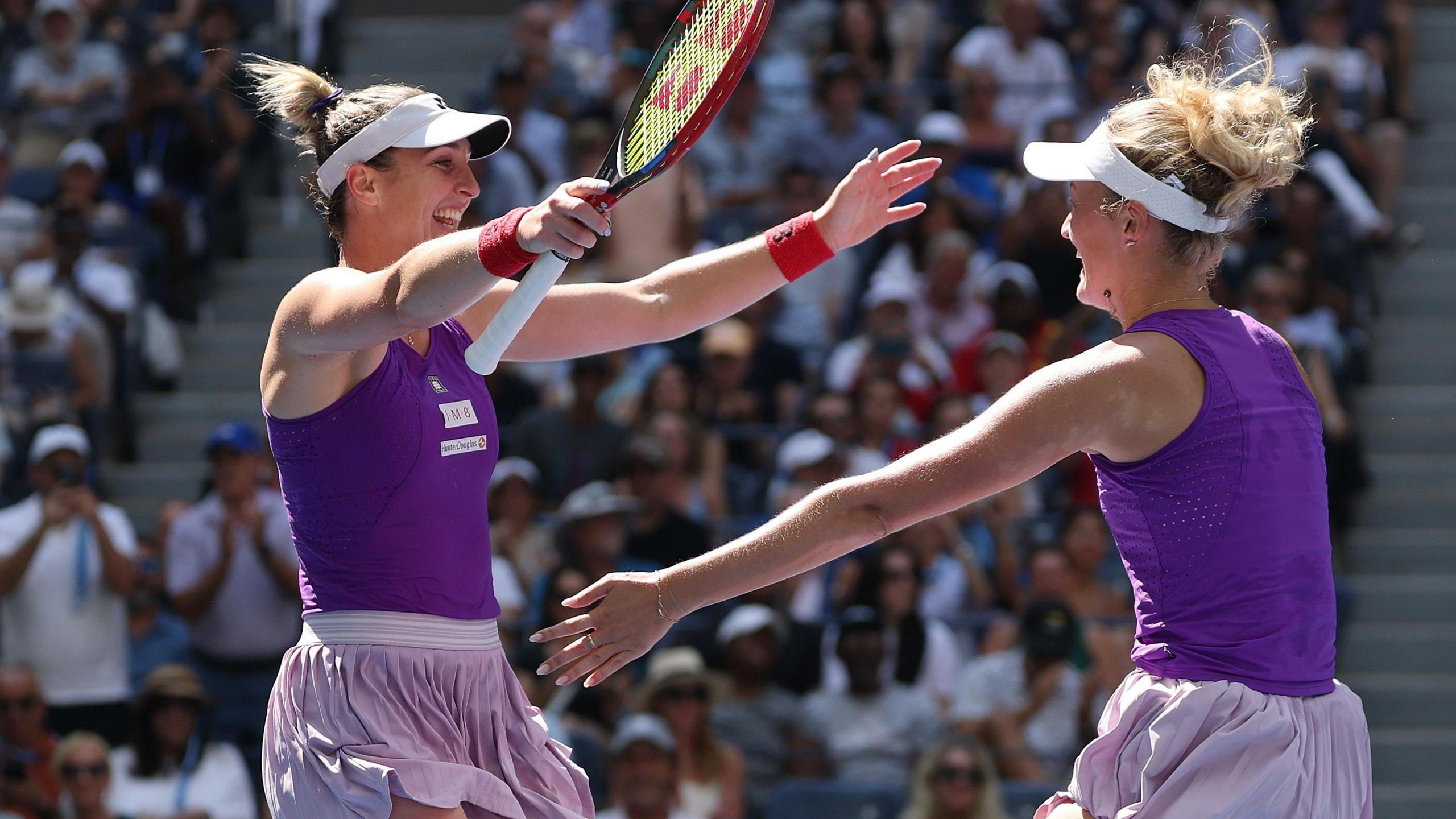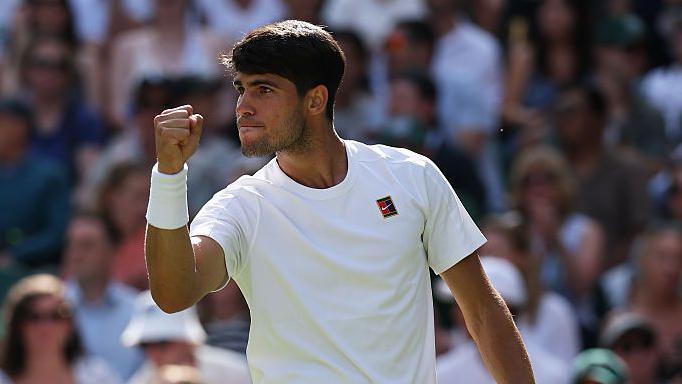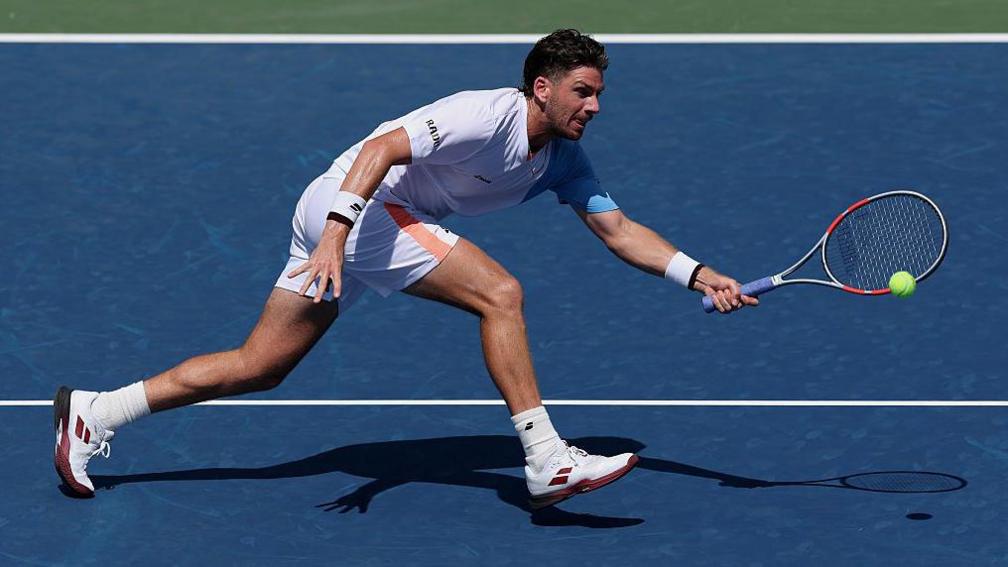Wimbledon's Grass Courts: A Shift from Tradition to Slower Play Dynamics
Explore how Wimbledon's grass courts are evolving, impacting player strategies and match dynamics in the 2025 Grand Slam.
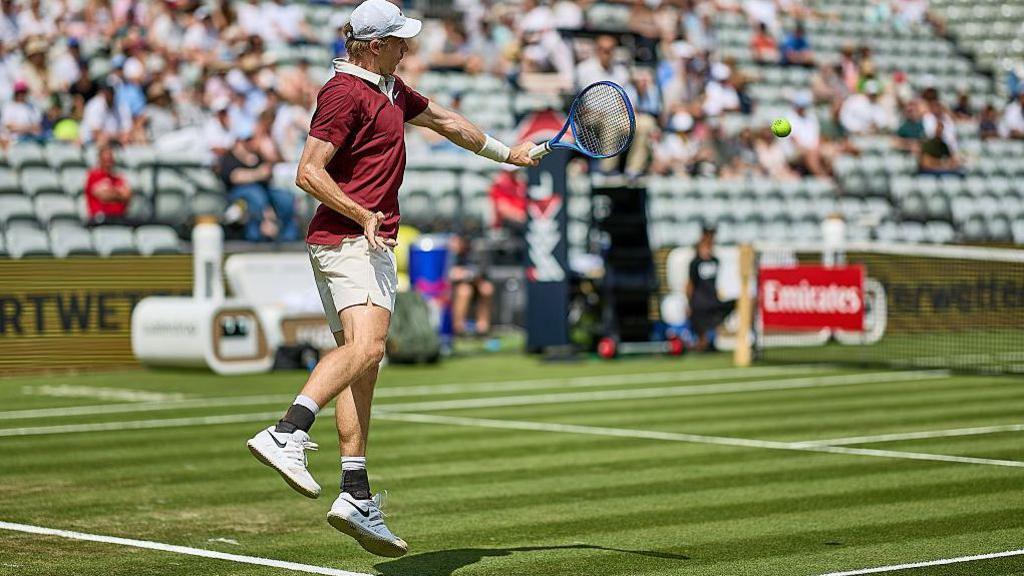
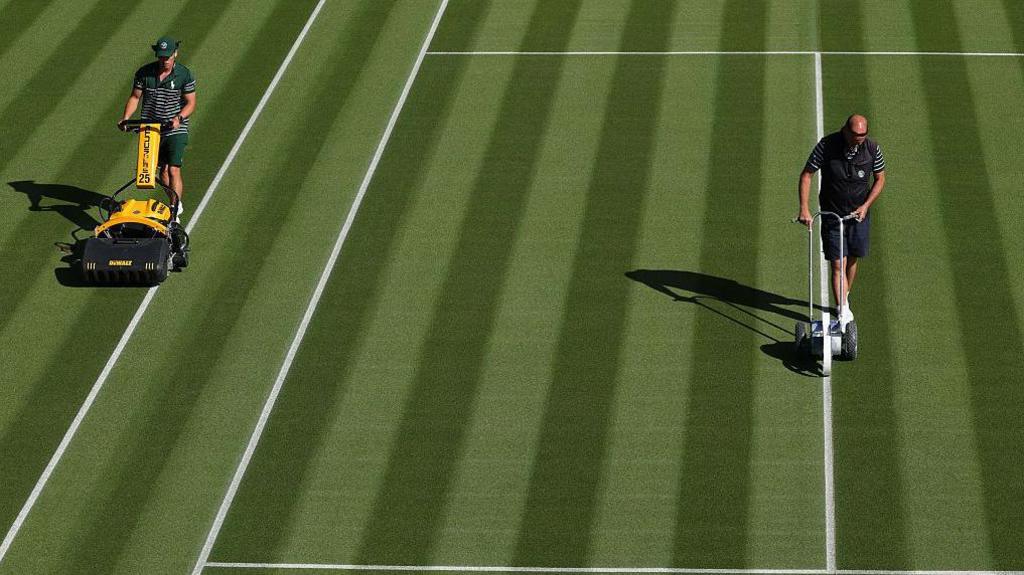
The Evolution of Wimbledon's Grass Courts
As the 2025 Wimbledon Championships unfold at the All England Club, players are facing not just the challenge of their opponents but also the evolving nature of the grass courts themselves. This year, the courts have been described as playing slower, a shift that has sparked discussions among players and analysts alike.
Player Reactions to the Changing Conditions
Several top players have voiced their concerns about the altered playing conditions. Denis Shapovalov, seeded 27th, expressed his frustration after an early exit, stating, 'This isn't grass anymore, the court is slower than a clay one.' Similarly, defending women's champion Barbora Krejcikova noted the impact of the heat on the grass, which she said 'is more like stopping,' altering the usual game dynamics.
The Impact of Slower Courts on Match Play
Slower courts lead to longer rallies, giving players more time to strategize and execute shots. This change not only extends the duration of matches but also increases the physical and mental demands on the players. Dom Inglot, a former doubles player, highlighted that the trend towards slower courts has been noticeable since 2001, aiming to enhance the spectator experience by encouraging more engaging rallies.
Technical Aspects of Wimbledon's Grass
The grass at Wimbledon, composed of perennial ryegrass since 2001, is maintained at a height of eight millimeters and is cut daily. The courts receive minimal watering overnight, which, combined with the weather conditions, significantly affects the ball's speed and bounce. Despite these maintenance efforts, the soil's compaction and the weather play crucial roles in determining the playing conditions.
Looking Ahead
As the tournament progresses, players will need to adapt their strategies to the changing conditions. The adaptation to slower courts might favor players with strong baseline games and those who can effectively use kick serves, a tactic that has become more viable on these surfaces.
Wimbledon continues to be a test of skill, adaptability, and endurance, with its grass courts playing a pivotal role in the unfolding drama of the Grand Slam.














